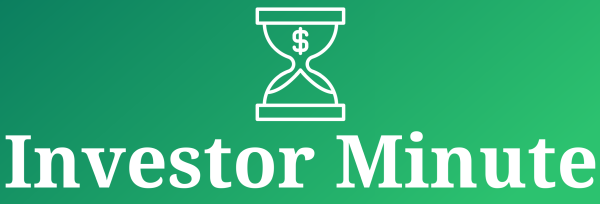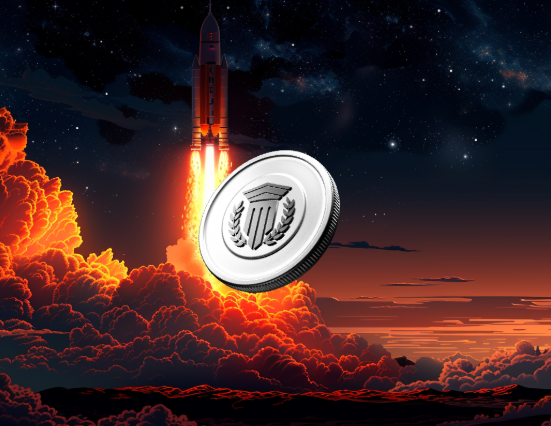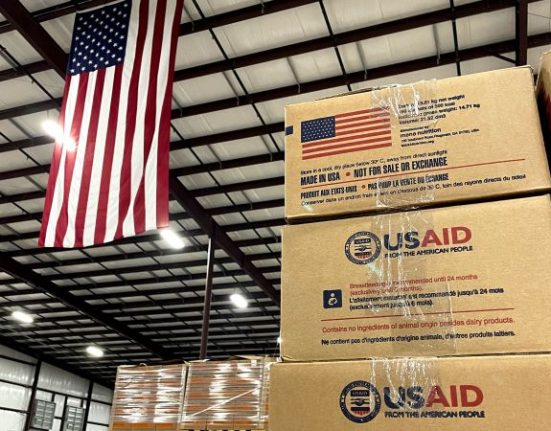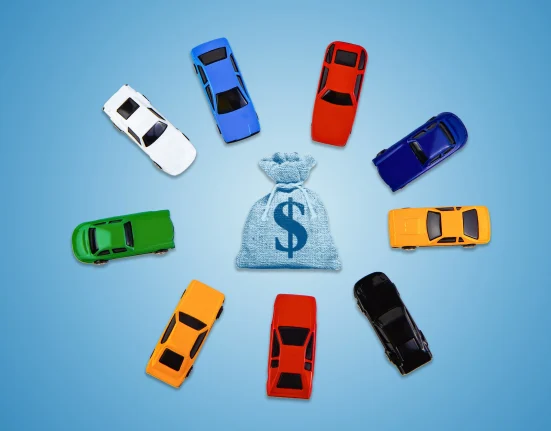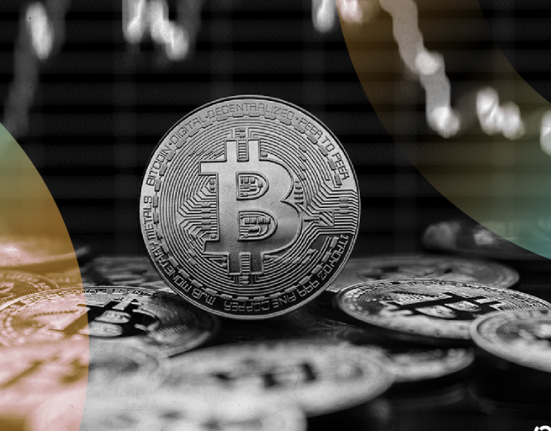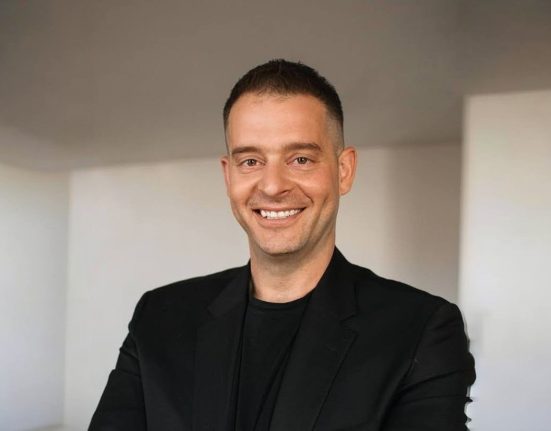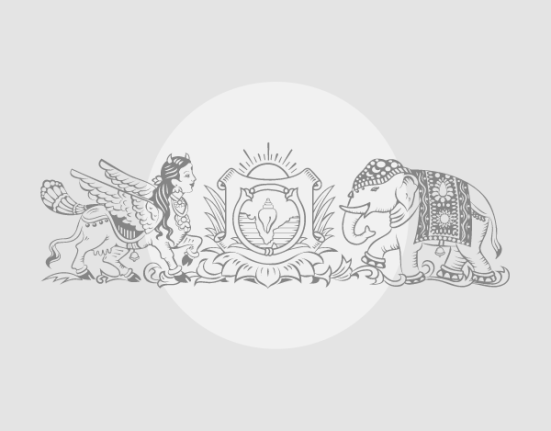The past few years have been rocky for student loan borrowers, with loan forgiveness options announced and taken away at a whiplash speed. And it’s not likely to get easier anytime soon.
Many borrowers are already beginning to face the consequences. This week, the Federal Reserve estimated that more than 15% of all student loan borrowers are behind on their debt after a pandemic-era grace period ended. Late student loan payments could damage borrowers’ credit scores.
TAX SOFTWARE DEALS OF THE WEEK
Deals are selected by the CNET Group commerce team, and may be unrelated to this article.
Borrowers enrolled in the Saving on a Valuable Education plan have been left in limbo for months amid challenges to the repayment program, which offered lower monthly payments and a shorter timeline for loan forgiveness. In February, a US appeals court struck down the program. Now millions of SAVE borrowers, who had their loans placed in administrative forbearance, will likely have to resume payments by the end of this year.
The payment pause left some borrowers scrambling to other income-driven repayment plans, but that application was temporarily frozen after the court ruled against SAVE. A revised IDR application is now available, but forgiveness with some of those plans is still in jeopardy.
I’ve worked in the student loan industry for over 15 years, and I’ve never been through a more tumultuous period. While I don’t know what will happen next, I do know what you can do to regain control of your student loans.
Whether you’re waiting to see how the SAVE forbearance will play out, inching closer to Public Service Loan Forgiveness or haven’t looked at your loan balance in months, here’s what I recommend doing this year.
Read more: Student Loan Forgiveness May Wither in the Courts, Says This Expert. What You Can Do Now
💻 Check your student loan balance
Do you know how much you owe in total on your student loans? You might have an idea (or think you do). But it’s important to check, especially if you think you may be behind on your payments.
Many borrowers I’ve worked with are surprised to find they owe more than they initially borrowed when it’s time to start repayment. This is because most loans, except subsidized ones, begin accruing interest from the moment they are disbursed. Outstanding interest, which has not been capitalized or added to your loan, is listed separately from the principal balance. To fully understand your loan balance, it’s important to carefully review your statements.
If you know who your student loan servicer is, you can log into your online account to check your balance. If you’re not sure, you can find out by logging into your Federal Student Aid account and visiting the My Aid page.
Read more: 5 Ways to Pay Off Your Student Loans Even Faster
🗓️ Plan to restart payments
If you are enrolled in the Saving on a Valuable Education Plan, your loans have been in an administrative forbearance since summer 2024 due to the plan’s legal challenges. You haven’t been able to make payments, and your interest rate has been set to zero. This payment hold is temporary, and will likely end this year.
If you haven’t done so already, reevaluate your monthly budget to accommodate your student loan payments.
Read more: My Student Loan Payment Will Jump From $0 to $488 After SAVE Ends. Yours Might Too
💰Compare the income-driven repayment plans
If you’re worried about SAVE disappearing or you’re looking to adjust your budget to include your monthly loan payments, it’s a good idea to explore all available repayment plans. You can use the US Department of Education’s Loan Simulator to estimate your payments and check eligibility for specific plans. This tool will let you explore available income-driven payment options.
Update: The department recently restored the Pay as You Earn and Income-Contingent Repayment applications. You can now apply for them online (if you’re eligible).
👩🏫 Don’t sleep on the PSLF buyback program
The Public Service Loan Forgiveness program offers debt cancellation for teachers, nurses and other public service employees who work in a qualifying job for 10 years and make 120 payments on their loans. If you’re enrolled in SAVE and were close to reaching your 120 total payments, the recent payment pause may have delayed your forgiveness. In this case, you might benefit from the PSLF buyback program.
The PSLF buyback program lets you “buy back” months where your loans sat on hold during a forbearance period — but only if doing so brings you to 120 total payments.
For example, let’s say you had already made 115 qualifying payments before your loan entered the SAVE Plan forbearance. You could apply for the PSLF buyback program to buy back five of the months where your loans were in forbearance to reach the 120-payment requirement. You’ll apply for the program online, and once approved, you’ll have 90 days to pay off what you owe for the number of months you buy back. So, if your monthly payment was $100, you’d need to pay $500 to receive forgiveness.
You’ll also need to make sure you meet all other PSLF eligibility criteria, such as working for a qualifying employer and having the correct loan type. If you think you’re eligible and want to confirm your payment count, you can find qualifying payment amounts in your StudentAid.gov account.
Read more: More Student Loan Forgiveness Is on the Way for PSLF Borrowers. What’s Next for Debt Relief?
🎓 If you’re in school, start paying off interest
If you’re still in college, your student loans likely haven’t entered repayment yet. While it’s difficult to predict what repayment options will be available in the future, there are proactive steps you can take now.
One recommendation is to pay off any interest that accrues while you’re still in school. Even small contributions can help reduce the overall cost of your loans in the long run.
If your federal student loan hasn’t yet entered repayment, you won’t be eligible to enroll in a repayment plan yet. Repayment starts six months after graduation or if your enrollment drops below half-time, unless you enroll in another program, like graduate school, before the grace period ends.
Read more: What’s the Future of Student Loans and FAFSA if the Department of Education Goes Under?
❌ Don’t count on forgiveness
Many borrowers have turned to income-driven repayment plans to reduce their monthly payments and potentially qualify for student loan forgiveness. However, forgiveness is not guaranteed, especially as legal challenges continue to threaten SAVE and some of the other IDR repayment plans. Programs like PSLF and forgiveness under the Income-Based Repayment Plan carry less risk, since they would require congressional action to be altered or eliminated.
That said, it’s always wise to plan for full repayment of your student loans, regardless of any current potential forgiveness opportunities.
